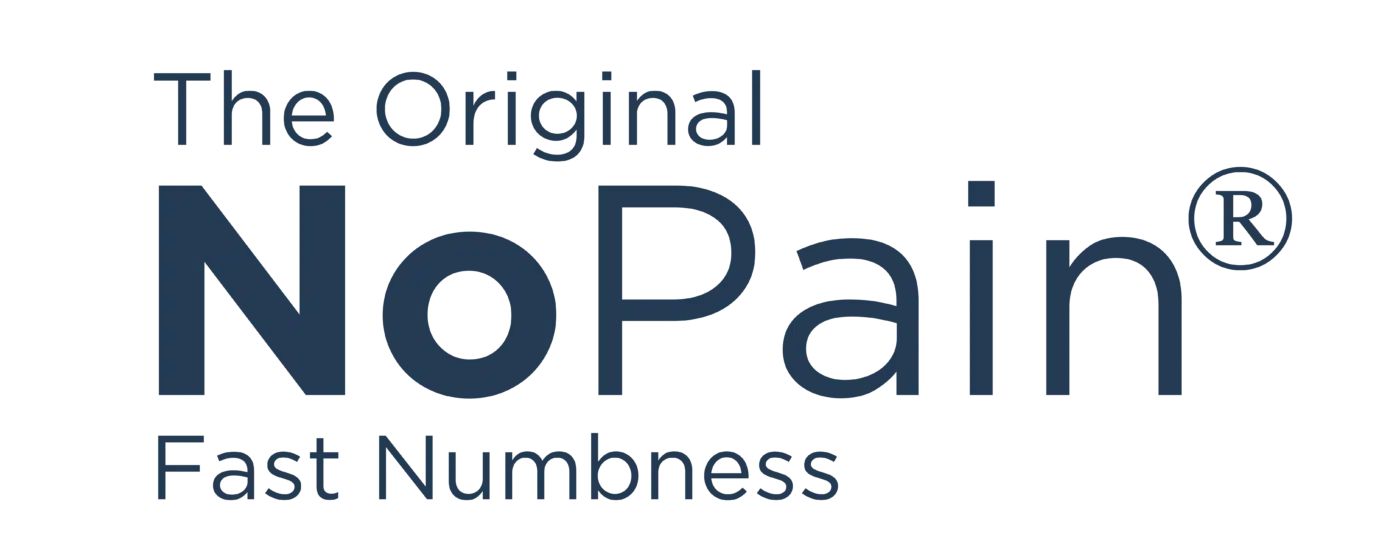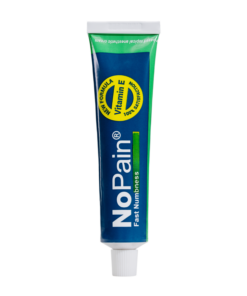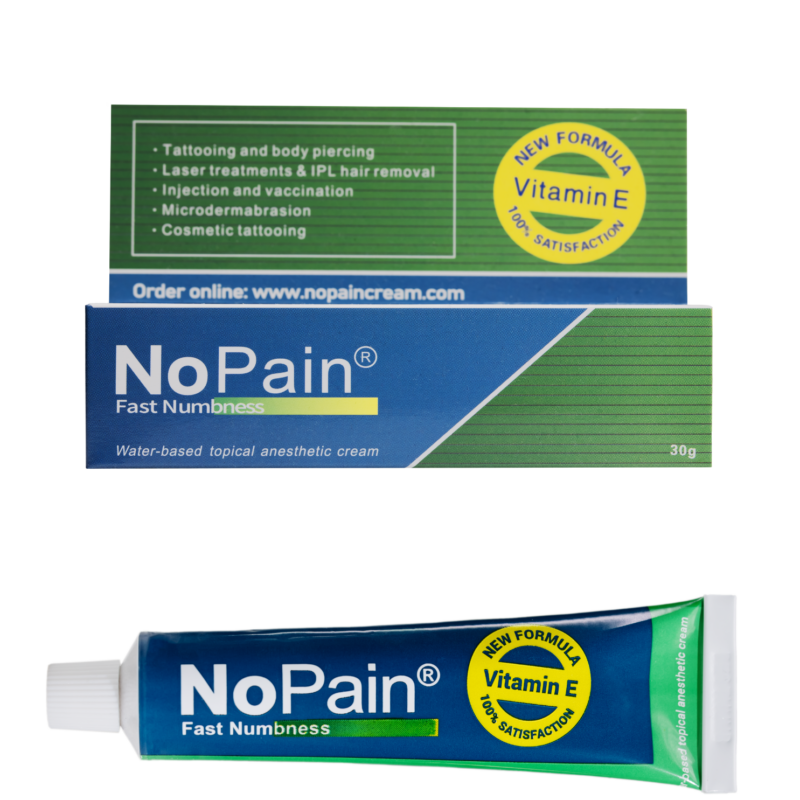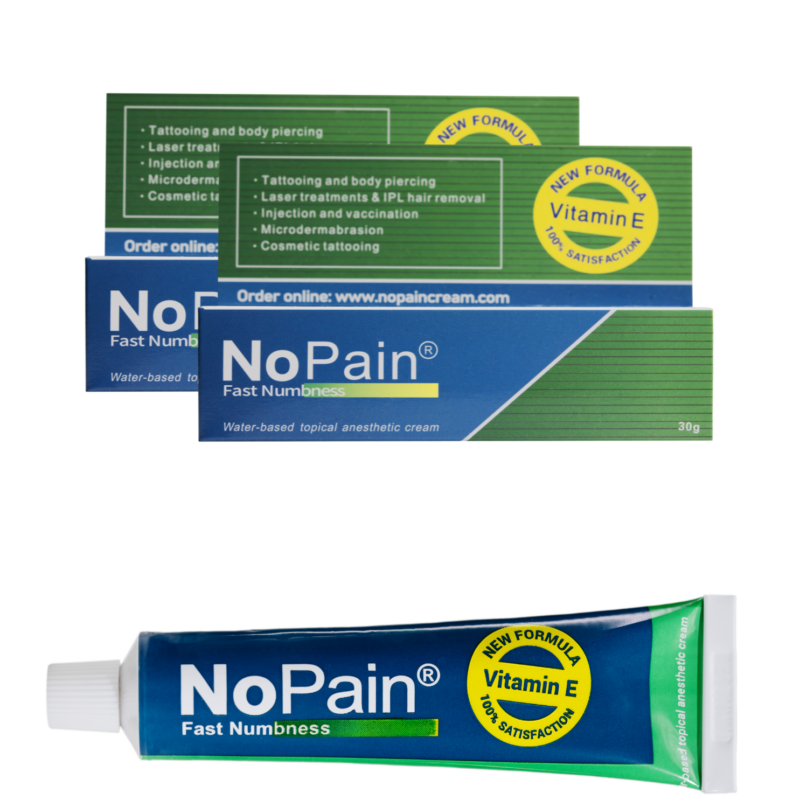Blog
Laserbehandling – Alt hvad du skal vide

Laser treatment is an extremely effective tool for a variety of different applications, both for cosmetic and medical purposes. It has the ability to help people with hair removal, reduction of wrinkles and even help with the removal of an unwanted tattoo. Laser treatments may, however, be a very painful experience, especially if the treatment is done on the face. Below, you can continue reading to learn more about laser treatments, as well as the history, how it is used, the different types and much more.
History of laser treatments
The use of lasers can actually be traced all the way back to the great scientist Albert Einstein in 1916 with his published theory of stimulated emissions. This sounds very technical and scientific, but the main point is that these ideas of stimulated emissions was further developed around 1960.
This development gave birth to the first ever laser, and the first people to test the usability of this new product were dermatologists and ophthalmologists (eye-doctors). This led to the discovery of a whole new world of possibilities in the medical and cosmetic scene – Things such as, pigmented lesions and tattoo removal became available, as well as, many other treatments. In this blog post you will learn more about the different types of laser treatments and how to avoid pain throughout the process of getting laser treatment done. So without further ado, let’s get into who chooses it, and if it is something for you.
Who chooses laser treatment, and is it something for you?
The popularity of this cosmetic enhancer has been on the rise lately, which is why it is becoming more important than ever to stay up-to-date and knowledgeable on the different aspects. In this post, we will mostly be focusing on the cosmetic side, although we will provide proper links if you are interested in learning more about the medical side of lasers.
It might be a little overwhelming to figure out, if you are suitable for treatments, as well as, if it even is a good idea for you. There are only a few scenarios, where getting a cosmetic treatment is not advised, but we recommend asking your local dermatologist if you should have any concerns.
Below, you will find a list of the most common types of lasers used to perform different treatments. A deeper look into the medical uses and techniques of lasers can be found here
The different laser treatment types and uses
The word: “Laser treatment” gets thrown around quite a lot, but not every treatment is identical. There are a large amount of different treatment options, that all have a specific usage, as well as being performed a little bit different. So without further ado, let’s get a little bit more knowledgeable on the major types of laser treatments and how they work
Laser resurfacing:
Laser resurfacing can be divided into two major types; the first one that uses ablative lasers and the second one being a similar, yet a little bit different, using non-ablative lasers.
-
-
Ablative lasers
-
The intent of using ablative lasers are to remove the epidermis, which is the outer layer of your skin, in addition to heating up the dermis, which is the underlying skin beneath the epidermis. This is done to help stimulate the growth of a certain protein that is responsible for the skin’s appearance. The skin will look more firm and smooth, after the outer layer of skin, the epidermis, heals and regrows back after a couple of days.
-
-
Non-ablative lasers
-
Think of non-ablative lasers, as a less aggressive version of ablative lasers. The intent of both treatments is to stimulate the growth of protein in the dermis and improve the skin’s firmness and smoothness. The difference between the 2 treatments is that, non-ablative lasers don’t remove the epidermis. Non-ablative lasers do still heat up the dermis, but in a less severe way. This results in a less noticeable result, but a quicker recovery time.
Pulsed dye treatment:
Another popular option is using pulsed dye lasers. This treatment consists of a short and highly focused laser, that heats up a small and specific area of the skin with the intent of lightening that specific part. This is done by targeting blood vessels in the skin, while leaving the surrounding skin and epidermis untouched. This treatment is very popular in connection with removing acne and other unwanted skin related pigments. This type of laser can be compared to non-ablative lasers, as they are both non-invasive.
Other types include Fraxel, Clear + Brilliant and more.
Below, you will be able to see a short list of some of the different uses:

Unwanted Hair
Unwanted hair removal is a treatment performed with a highly focused laser, similar to pulsed dye lasers or non-ablative lasers. It is done by quickly exposing an area of the skin that produces hair to a very hot laser with the intent to permanently damage the production of the hair in that specific area.
Removal of spider veins
Spider veins can easily be identified by their unique red, purple and blue lines that hide just underneath the outer layer of skin. They twist and turn into a chaotic pattern and can look very similar to spider webs, which is why they are called spider veins. Removal or reduction of these spider veins is commonly performed using pulsed dye lasers or non-ablative lasers, which makes the procedure non-invasive.


Wrinkles
It is no secret that wrinkles are inevitably going to appear on our face, hands or somewhere else, in our lifetime. You will be able to keep the skin smooth and firm for longer using non-invasive procedures, as these kinds of treatments can help repair and regenerate the skin cells around the wrinkled area.
Unwanted tattoo
There are many different reasons for a person to wish for a tattoo removal. Perhaps the tattoo didn’t turn out how you originally imagined it, or maybe the meaning of the tattoo slowly faded with time. Nevertheless, tattoo removal is a procedure that lasers can easily perform. This procedure is slightly more invasive and will cut through the epidermis.
Birthmarks
For some, a birthmark can be a blessing, while it can be a curse for others. Having birthmarks is something that is completely uncontrollable, and that can be frustrating to some people. Most clinics use pulsed dye lasers to perform this treatment, as pulsed dye lasers have the ability to target unwanted blood vessels in the skin. After a couple of days, the blood vessels will heal, making the birthmark less noticeable.
Acne and Acne scars
Acne, or acne scars can be an extremely unpleasant experience, and something that can be very annoying. However, the acne-effected area can be treated by using laser treatments. This treatment can help change the pigment of the affected area and make the face look more smooth and clean. This treatment is commonly performed using a pulsed dye laser.
it is important to mention that all treatments have possible underlying side effects and it is recommended to consult your local dermatologist before undergoing any treatments. It might be necessary to take further precautions before undergoing specific treatments, so having an open talk is always a good idea
Relief the pain
It might come as no surprise, but laser treatments can be a very painful experience, as mentioned earlier in this blog post. Therefore, it can also be a good idea to take certain precautions before your treatment. The pain can vary from treatment to treatment, but if you want to lessen the pain as much as possible for any and all treatments, then we would highly recommend using numbing cream as your go-to solution. Not only is numbing cream an essential part of lessening pain and keeping you calm throughout the entire treatment. It is always a great help to the dermatologist, as you won’t be twitching or moving unexpectedly, due to the pain of the laser.
All you need to do is apply the numbing cream 30-45 minutes before the beginning of the treatment. You will feel your skin slowly start to lose its feeling, and after 30 minutes or so, you won’t be able to feel any pain on the affected area. It is very important to keep the area clean both before and after application, we recommend using soap or other methods that keep the skin clean and fresh.
Laser treatment aftercare
A general redness and possible swelling is common for most laser related treatments. Other side effects might differ a lot depending on the specific treatment, quality of skin, skin tone, age and many other factors. Pain is also a common side effect of treatments, the affected area might feel similar to a sunburn. These side effects can be reduced or relieved entirely by some over-the-counter pain killers.
We recommend having an open conversation with your dermatologist, both before and after the treatment, to better understand what to expect from the healing process. If you are interested in learning more about a similar healing process, then feel free to check out our blog post all about the aftercare and healing process of tattoos
What to do in case of complications
If you experience any extended redness, swelling or similar symptoms surrounding the affected area, you should immediately contact your dermatologist or visit your local doctor, for further instructions.
other exciting content
If you are interested in learning more about:
And much more.
Take a look at our blog posts by scrolling left and right at the bottom of the page, or clicking one of the many links provided.
